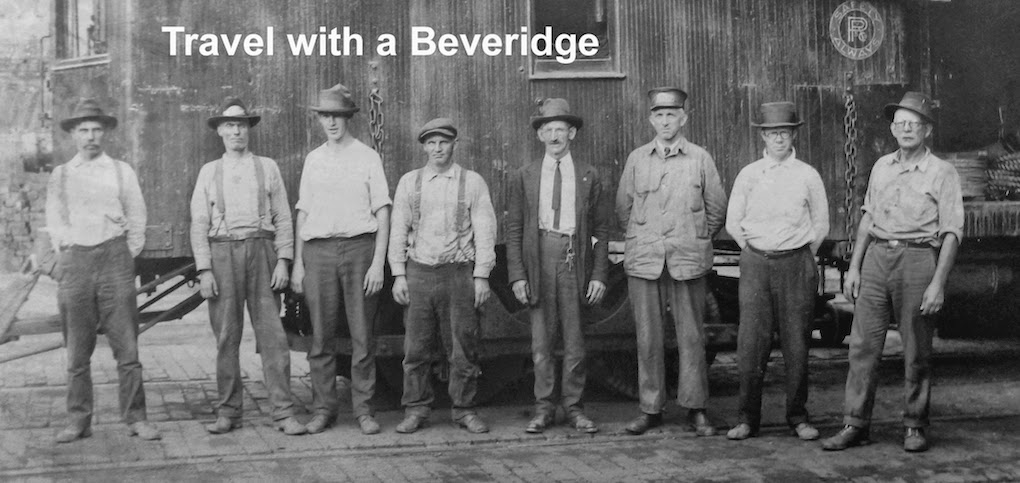
Pittsburgh church and Indian's grave getting a scrubbing
When a Shawnee high chief took ill and died of natural causes in the winter of 1797 in Pittsburgh, leaders of the young metropolis were afraid the Indian Nation would immediately suspect foul play.
The hero known as Red Pole, or Mio-qua-coo-na-caw, had signed the Treaty of Greenville two years earlier, bringing peace to the fighting between the United States and the Northwest tribes. The Indians had fallen to U.S. troops at the Battle of Fallen Timbers and they were still a bit edgy when Red Pole’s travels were halted by icy rivers in Southwestern Pennsylvania.
As a sign of goodwill, the chief was buried in a cemetery among fallen British and French soldiers, some of whom had established a new Episcopalian congregation at the site. The funeral was officially mourned by the U.S. government in another effort to keep peace with the Indians.
“You want to make sure you are really sorry ... to ensure to the tribes that he wasn’t killed under mysterious circumstances,” said the Rev. Rob Dorow, an associate priest at the present-day Trinity Cathedral, where people continue to pay their respects to Red Pole.
The historic cemetery and impressive English Gothic building at 325 Oliver Ave. are undergoing extensive restorations timed to mark the 250th anniversary of the church and city next year.
 The congregation had wrestled over whether to remove the thick coating of black soot that stained the church during the days when Pittsburgh’s air was heavily polluted and the city was known the world steel capital.
The congregation had wrestled over whether to remove the thick coating of black soot that stained the church during the days when Pittsburgh’s air was heavily polluted and the city was known the world steel capital.But, an engineering study determined that every time it rained, water reacted with the black coating and created an acidic bath that sped the deterioration of the church built in 1872 with Massillon sandstone.
“Points on the spire and ornamentation have been obliterated because of the acid rain,” Dorow said. Something had to be done, he said, if the congregation wanted to keep the building around for another century or two.
Scaffolding went up this summer to enclose the facade and allow workers to gently scrub off the grime. They are slowly turning the building into a clean, tan replica of itself. Graduate students at the University of Pennsylvania, meanwhile, are piecing together the cemetery’s tombstones. When the workers are finished, the graveyard will have new walkways shaded by dogwood trees and winding along other plants that are native to the region.
“It’s a dramatic difference,” Dorow said. “We will miss the black.”






























